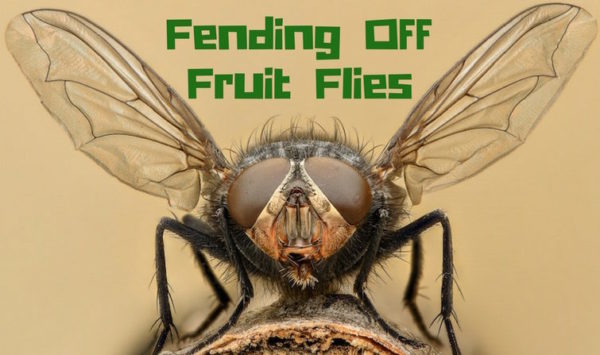There are cockroaches in Michigan. If you’ve spotted one in your home or your workplace – or anywhere – you probably have one pressing question above all others: Do cockroaches bite?
Yes, cockroaches in Michigan do bite!
And it’s gross and horrible like you’d expect. But they don’t bite often or in the way you’d expect.
The fact is cockroaches rarely bite humans. You’re much more likely to be stung by a bee or bit by a spider than a cockroach. That doesn’t make getting cockroaches out of your home or office any less urgent. It just means you won’t have red cockroach bite marks on your skin in addition to the constant fear of a small brown oval scuttling across your kitchen floor. We present the sometimes disturbing answers to your questions about nature’s perfect survivor – the cockroach.
What Do Cockroaches Eat?
Cockroaches are omnivores in the truest sense of the word. They eat nearly anything from fruits to rancid meat to book bindings and wallpaper. They are scavengers and opportunists who will raid any food supply they can get their grubby mandibles on.
With so little discretion for what they ingest, cockroaches rarely bother with potentially dangerous food sources such as humans. Why risk biting you when they can simply dive through your garbage? The fact that they can survive a month or more without food also means there’s no need for them to panic if they go a day or two without dinner leftovers.
Why Do Cockroaches Bite?
Most documented cockroach bite cases (and there aren’t that many) involve a large infestation of cockroaches with little to eat. Early accounts of this come from sailors on long sea voyages where they had to wear gloves and protective gear to fend off hungry roaches trying to get at their fingernails and eyelashes.
Other occurrences of cockroaches biting humans usually happen at night while the person is asleep. Cockroaches are nocturnal creatures that prefer quiet. If no other food sources are available, they may scavenge over your hands and face for traces of whatever you last ate. Even in these cases, the roaches are likely more interested in the food particles under your fingernails than your flesh. More terrifying than being bitten is the possibility of waking up to roaches using your face as a drive-thru window.
What Does A Cockroach Bite Look Like?
Cockroach bites don’t look much different than other insect bites. They appear as raised red dots along your skin. They are slightly bigger than bed bug bites and may itch in the same way. A tell-tale difference is that bed bug bites appear in clusters; cockroach bites will usually appear independently.
Cockroaches don’t transmit disease through their bites, but you do want to keep them clean. Like any animal or insect bite, if a cockroach bite becomes infected, it could become a health risk.
Do Cockroaches Carry Disease?
Roaches don’t carry specific diseases like a tick might carry Lyme disease. Instead, they are a health risk due to their behavior. Roaches often eat feces or rancid food found in sewers and dumpsters. They pick up harmful bacteria and germs and then spread them wherever they go.
If cockroaches contaminate your food with germs they’ve picked up, it could result in diarrhea, dysentery, cholera and other maladies. All the more incentive to keep a clean kitchen with food safely stored from prying insects.
Do Cockroaches Fly?
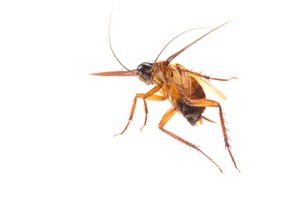
The bad news is cockroaches do fly. The good news is that they usually don’t like to. It seems that, despite having large prominent wings, most cockroaches are clumsy fliers and prefer to crawl. Makes sense when you realize that on land cockroaches are quite fast. They can run over 3 miles/hour. That’s equivalent to 100 miles/hour for a human when you account for size!
Some species of cockroach are more adept at flying than others. In warmer weather (over 85º) flying cockroaches will use their wings to glide as a means of conserving energy. They might glide down to your countertop if you left a midnight snack out for them.
What Do Baby Cockroaches Look Like?
Some cockroaches can get quite large and you may wonder if you’ve seen a baby or a full-grown adult.
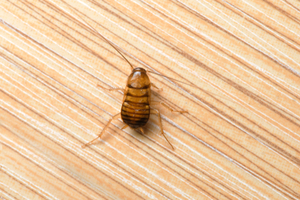
Baby cockroaches, also called nymphs, look like their adult counterparts. The three main differences between an adult and a nymph cockroach are:
- Baby roaches are smaller in size (measuring about ¼ inch)
- Roach nymphs are darker in color than adult cockroaches
- Baby cockroaches don’t have wings yet.
As cockroach nymphs grow, they go through several stages of molting. During each stage, they shed their exoskeleton in favor of a new, larger, one. Roach babies start out dark in color and become more reddish brown with each molt. They will eventually grow wings by adulthood.
Other Cockroach Facts
- Cockroaches can live without their head for up to a week.
- Female cockroaches lay their eggs in ootheca or egg sacs which can hold around 40 eggs.
- Cockroaches have been around since the dinosaurs.
- Cockroaches die on their backs because their thin legs can no longer support their heavy body mass.
- Some cultures boil cockroaches and use the tea for medicinal purposes.
You Don’t Want Cockroaches in Your Michigan Home
Roaches may be fascinating but that doesn’t mean you want them in your home or business. If you’ve spotted a roach, it usually means there are others nearby. While they may not bite, they can cause health problems. Contact Griffin Pest Solutions for fast help when cockroaches show up hungry at your door.

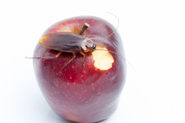
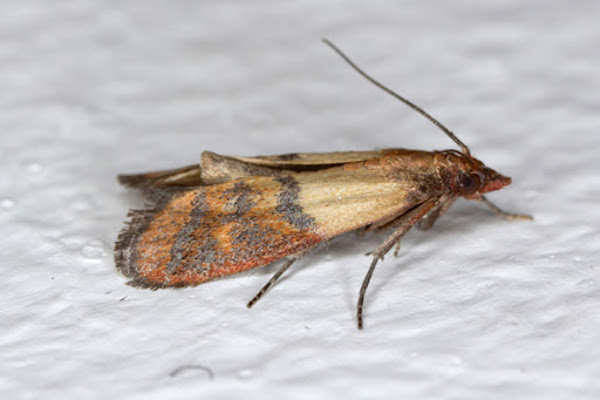
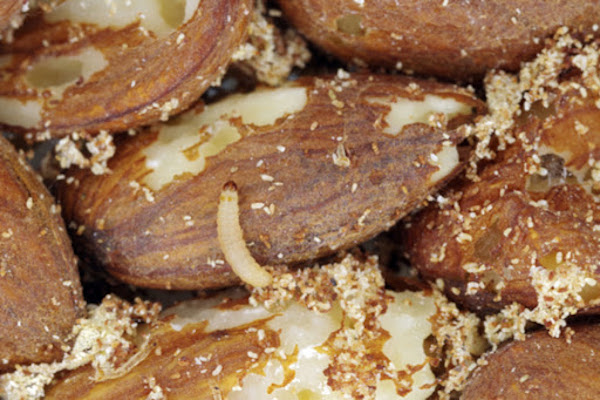
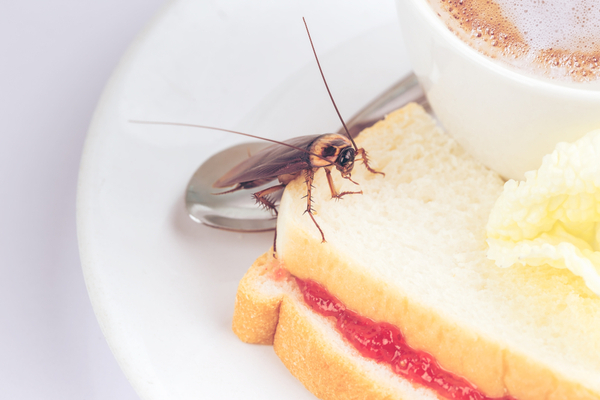
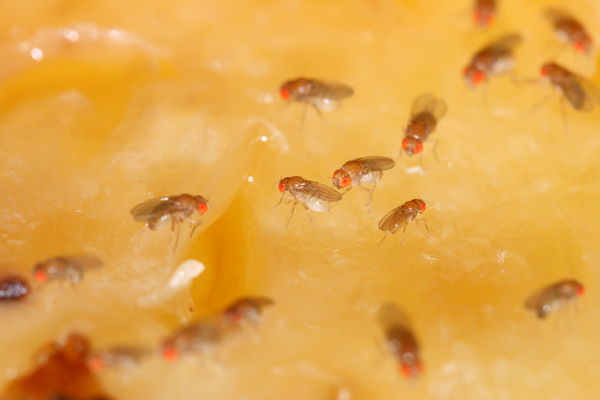
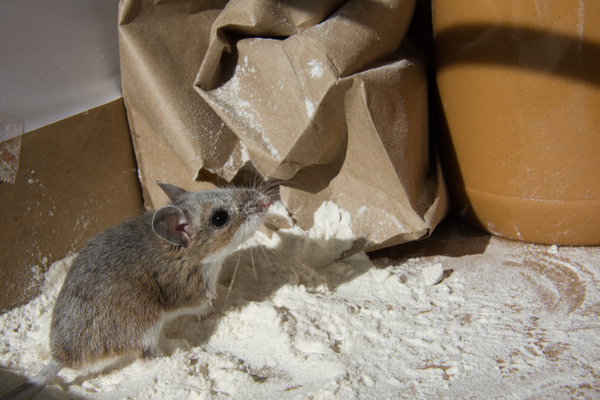
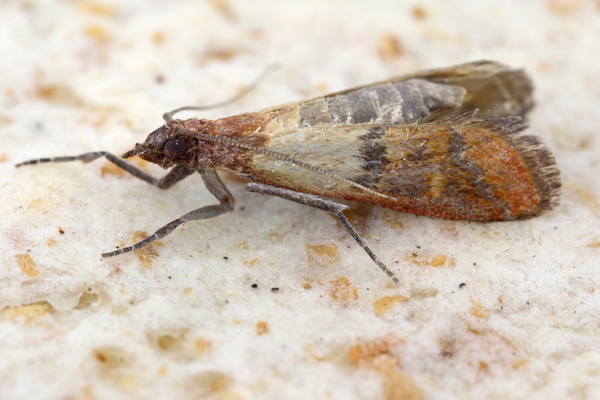

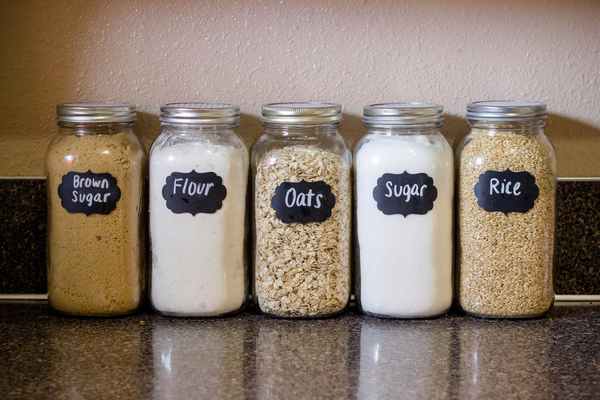
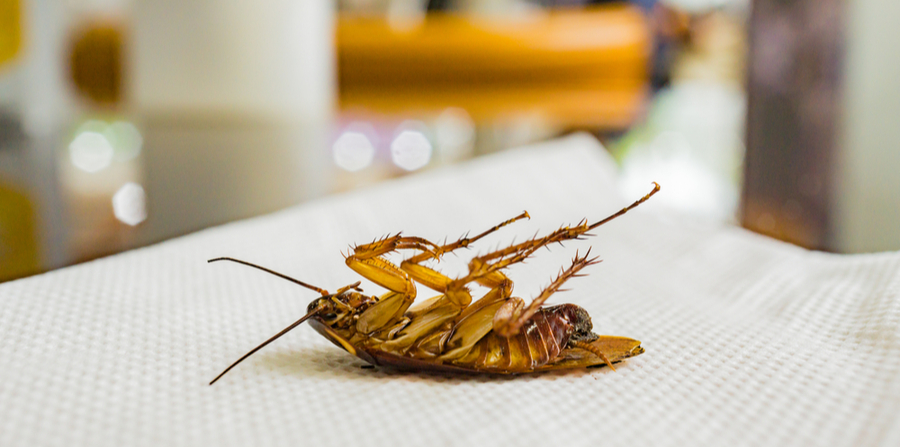
 Garbage management
Garbage management It’s all-too-easy to depend on your drains, especially in the hectic restaurant world. You just pour the whatever-it-is down the drain and move on to your next task. The whatever-it-is is gone, and you can keep working! It’s perfect, right? Unfortunately, that’s not really how it works. The stuff you pour down the drain often stays in the drain, where it can rot, congeal, or build up. Before long, you could have a nasty clog–or worse.
It’s all-too-easy to depend on your drains, especially in the hectic restaurant world. You just pour the whatever-it-is down the drain and move on to your next task. The whatever-it-is is gone, and you can keep working! It’s perfect, right? Unfortunately, that’s not really how it works. The stuff you pour down the drain often stays in the drain, where it can rot, congeal, or build up. Before long, you could have a nasty clog–or worse. Unfortunately, this is another situation where restaurants are at a disadvantage. Think about how many doors and windows your restaurant has. There’s the front entrance for sure, a back entrance, probably a supply entrance, any emergency exits, and more. Pests can use these entrances, too. Then there are the restaurant-specific access points to worry about. Pests can come down ventilation just as easily as smoke and food smells can escape.
Unfortunately, this is another situation where restaurants are at a disadvantage. Think about how many doors and windows your restaurant has. There’s the front entrance for sure, a back entrance, probably a supply entrance, any emergency exits, and more. Pests can use these entrances, too. Then there are the restaurant-specific access points to worry about. Pests can come down ventilation just as easily as smoke and food smells can escape. This probably seems obvious to you, but spills can be tricky. We’re not just talking about the ones out on the dining floor. We’re talking about the spills that can go overlooked. The tiny
This probably seems obvious to you, but spills can be tricky. We’re not just talking about the ones out on the dining floor. We’re talking about the spills that can go overlooked. The tiny 